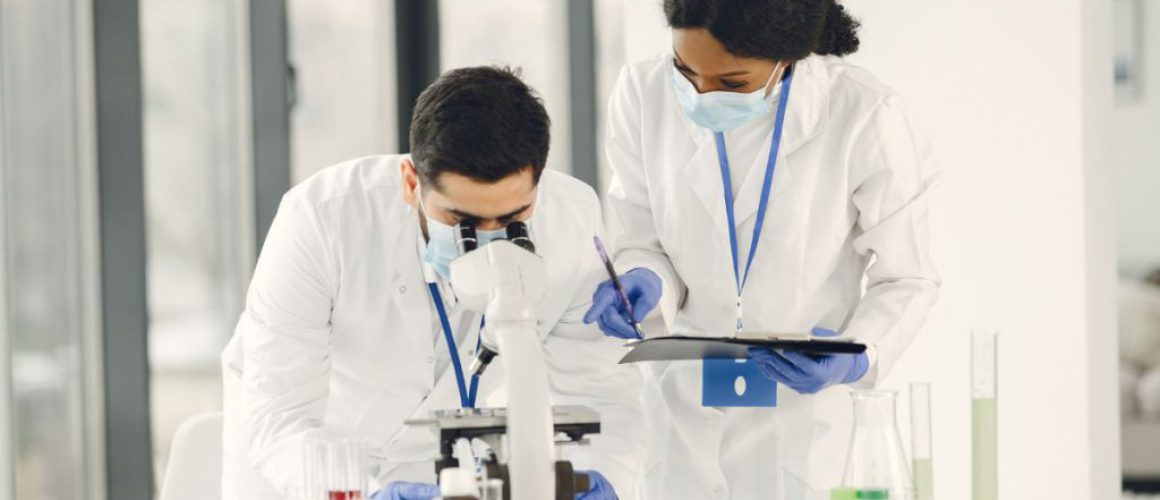The Biochemical basis of autoimmune diseases
Table of Contents
Biochemical Basis of Autoimmune Diseases
| Autoimmune Disease | Biochemical Process Involved | Key Molecules |
|---|---|---|
| Rheumatoid Arthritis | Immune cells attack joint tissues | TNF-alpha, IL-6 |
| Type 1 Diabetes | Immune cells destroy insulin-producing cells | Insulin, Glutamate decarboxylase |
| Multiple Sclerosis | Immune cells attack the protective covering of nerve cells | Myelin, MBP |
| Lupus | Immune system attacks healthy tissues | dsDNA, ANA |
Diving headfirst into the world of “Biochemical basis of autoimmune diseases” might seem daunting, but fear not! This article unravels the complex interplay of our body’s own cells and molecules that, in a twist of fate, turn against us. Stay tuned for a captivating journey through your own biochemistry!

Introduction
Autoimmune diseases are a diverse group of disorders that affect various parts of the body, but they all share a common thread – they arise from an abnormal immune response to a normal body part. From a biochemical perspective, these diseases are the result of complex interactions between genetic factors and environmental triggers, leading to alterations in immune function and the destruction of body tissues. Understanding these biochemical processes is crucial for developing effective treatments and, ultimately, finding a cure for these debilitating diseases.
Autoimmune diseases are where the body’s immune system mistakenly attacks its own cells. Understanding the biochemical basis of these diseases can lead to new treatments and therapies.
The world of autoimmunity is a complex one, filled with a myriad of biochemical players and processes. From the immune cells that mistakenly attack the body’s own tissues to the antigens that trigger this misguided response, each component plays a crucial role in the development and progression of autoimmune diseases. As we delve deeper into this world, we’ll uncover the biochemical secrets that underpin autoimmunity, offering new insights into these puzzling conditions.
So, let’s embark on this journey together, exploring the biochemical landscape of autoimmune diseases. We’ll delve into the role of self-tolerance, explore the double-edged sword that is our immune system, and uncover the cellular and molecular processes that underpin autoimmunity. Along the way, we’ll shed light on the diagnostic indicators of autoimmune diseases and the delicate balance between the innate and adaptive immune systems. So, buckle up and get ready for a fascinating journey into the world of autoimmunity.
Common Treatments for Autoimmune Diseases
- Immunosuppressive medications
- Physical therapy
- Lifestyle changes
- Disease-specific treatments
Understanding Autoimmunity
Before we delve into the biochemical basis of autoimmune diseases, let’s first understand what we mean by ‘autoimmunity’. In simple terms, autoimmunity refers to the immune system’s misguided attack on the body’s own cells. This can occur when the immune system fails to distinguish between foreign invaders, such as bacteria and viruses, and the body’s own tissues, leading to an immune response against these self-antigens.
Autoimmunity is a complex process that involves a myriad of biochemical players, from the immune cells that carry out the attack to the cytokines that regulate this immune response. Understanding these biochemical processes is crucial for understanding autoimmune diseases. For example, alterations in the function of T cells, a type of immune cell, have been implicated in many autoimmune diseases, including type 1 diabetes and multiple sclerosis.
But what triggers this autoimmune response? The answer lies in a complex interplay of genetic and environmental factors. Certain genes have been associated with an increased risk of developing autoimmune diseases, but these diseases only develop in a fraction of individuals carrying these genes. This suggests that environmental factors, such as infections or exposure to certain chemicals, may trigger the onset of autoimmune diseases in genetically susceptible individuals.
Common Symptoms of Autoimmune Diseases
- Fatigue
- Joint pain and swelling
- Skin rashes
- Difficulty concentrating
- Unexplained weight changes
The Role of Self-Tolerance in Autoimmunity
In the world of immunology, ‘self-tolerance’ is a crucial concept that plays a significant role in the development of autoimmune diseases. Self-tolerance refers to the immune system’s ability to recognize and tolerate the body’s own cells, preventing an immune response against these self-antigens. When this self-tolerance is broken, it can lead to autoimmunity, with the immune system mistakenly attacking the body’s own cells.
Self-tolerance is maintained through a complex network of biochemical processes, involving various types of immune cells and signaling molecules. For example, regulatory T cells, a type of immune cell, play a crucial role in maintaining self-tolerance by suppressing the immune response against self-antigens. Alterations in the function of these cells have been implicated in many autoimmune diseases, highlighting the crucial role of self-tolerance in autoimmunity.
But how is self-tolerance established and maintained? The answer lies in a process known as central tolerance, which occurs in the thymus, an organ located in the chest. Here, developing T cells that recognize self-antigens are eliminated, preventing them from triggering an immune response against the body’s own cells. However, this process is not foolproof, and some self-reactive T cells can escape this selection process, leading to autoimmunity.
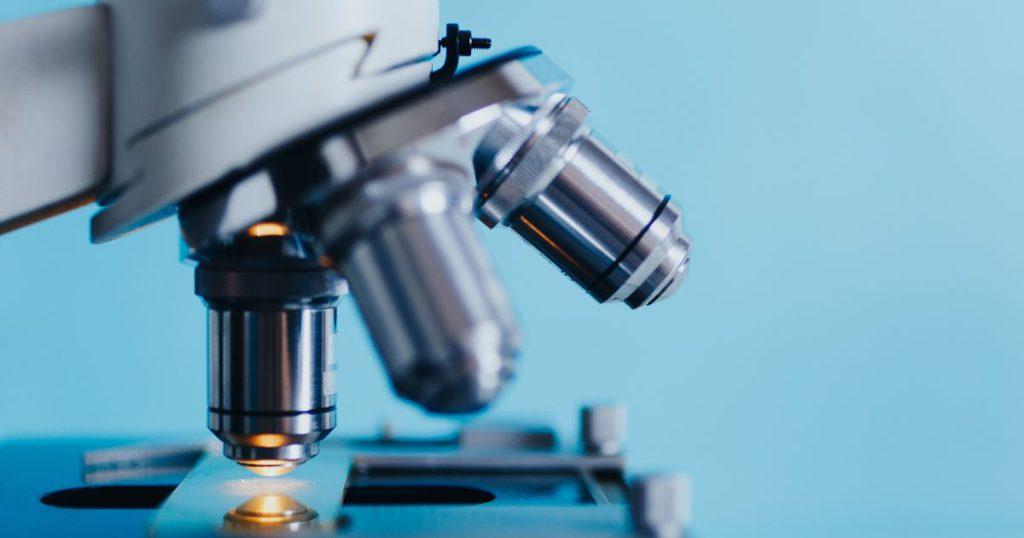
The Immune System: A Double-Edged Sword
Our immune system, while essential for our survival, can sometimes turn against us, leading to autoimmune diseases. This complex network of cells,
tissues, and biochemical signals is designed to protect us from foreign invaders, such as bacteria and viruses. However, when this system goes awry, it can lead to an immune response against the body’s own cells, resulting in autoimmunity.
The immune system is a complex biochemical machine, with each component playing a crucial role in our defense against disease. For example, T cells, a type of immune cell, are responsible for recognizing and responding to foreign antigens. However, when these cells mistakenly recognize the body’s own cells as foreign, it can lead to an autoimmune response.
But what triggers this misguided immune response? The answer lies in a complex interplay of genetic and environmental factors. Certain genes have been associated with an increased risk of developing autoimmune diseases, but these diseases only develop in a fraction of individuals carrying these genes. This suggests that environmental factors, such as infections or exposure to certain chemicals, may trigger the onset of autoimmune diseases in genetically susceptible individuals.
Common Autoimmune Diseases and Their Symptoms
| Autoimmune Disease | Common Symptoms |
|---|---|
| Rheumatoid Arthritis | Joint pain and swelling |
| Type 1 Diabetes | Excessive thirst, frequent urination |
| Multiple Sclerosis | Fatigue, difficulty walking |
| Lupus | Fatigue, joint pain, rash |
Antigens and Autoimmunity
Antigens, usually associated with foreign pathogens, can sometimes be produced by our own bodies, triggering an autoimmune response. These self-antigens, which are typically proteins or peptides, can be recognized by the immune system as foreign, leading to an immune response against the body’s own cells.
The recognition of antigens is a complex biochemical process that involves various types of immune cells and signaling molecules. For example, T cells, a type of immune cell, recognize antigens through a receptor on their surface known as the T cell receptor. When this receptor binds to an antigen, it triggers an immune response, with the T cell proliferating and producing cytokines, signaling molecules that regulate the immune response.
But what happens when these antigens are produced by our own bodies? In some cases, the immune system can recognize these self-antigens as foreign, leading to an autoimmune response. This can occur when the immune system fails to establish or maintain self-tolerance, a process that prevents an immune response against self-antigens.
Autoimmune Diseases: A Biochemical Perspective
Autoimmune diseases, from rheumatoid arthritis to lupus, are the result of a complex interplay of biochemical processes. These diseases, which affect millions of people worldwide, are characterized by the immune system’s attack on the body’s own cells. But what triggers this attack, and how does it lead to disease?
At the heart of these diseases is a breakdown in self-tolerance, the immune system’s ability to recognize and tolerate the body’s own cells. This can occur when the immune system mistakenly recognizes self-antigens as foreign, leading to an immune response against these antigens. This immune response, mediated by various types of immune cells and signaling molecules, can lead to the destruction of body tissues, resulting in the symptoms of autoimmune diseases.
Key Biochemical Molecules in Autoimmunity
| Molecule | Role in Autoimmunity |
|---|---|
| TNF-alpha | Promotes inflammation |
| IL-6 | Involved in immune response |
| Insulin | Targeted in Type 1 Diabetes |
| Myelin | Targeted in Multiple Sclerosis |
But what triggers this breakdown in self-tolerance? The answer lies in a complex interplay of genetic and environmental factors. Certain genes have been associated with an increased risk of developing autoimmune diseases, but these diseases only develop in a fraction of individuals carrying these genes. This suggests that environmental factors, such as infections or exposure to certain chemicals, may trigger the onset of autoimmune diseases in genetically susceptible individuals.
Lymphocytes: The Soldiers of the Immune System
Lymphocytes, the soldiers of our immune system, play a crucial role in the development of autoimmune diseases. These cells, which include T cells and B cells, are responsible for recognizing and responding to foreign antigens. However, when these cells mistakenly recognize the body’s own cells as foreign, it can lead to an autoimmune response.
The function of lymphocytes is governed by a complex network of biochemical signals, which regulate everything from cell proliferation to cytokine production. When this signaling network is disrupted, it can lead to alterations in lymphocyte function, contributing to the development of autoimmune diseases.
But what triggers these alterations in lymphocyte function? The answer lies in a complex interplay of genetic and environmental factors. Certain genes have been associated with an increased risk of developing autoimmune diseases, but these diseases only develop in a fraction of individuals carrying these genes. This suggests that environmental factors, such as infections or exposure to certain chemicals, may trigger the onset of autoimmune diseases in genetically susceptible individuals.
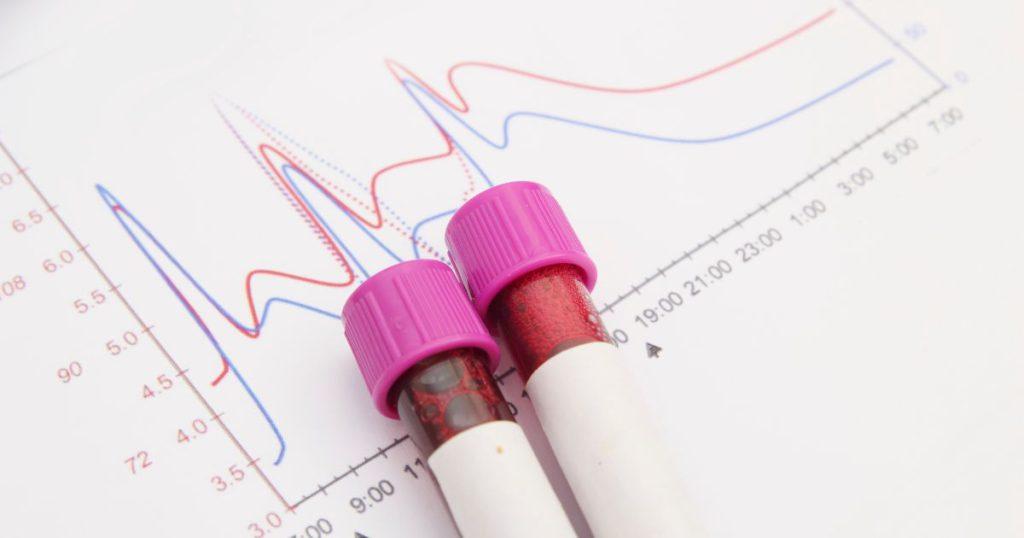
Central and Peripheral Tolerance: The Body’s Checkpoints
Our bodies have built-in checkpoints, known as central and peripheral tolerance, to prevent autoimmune reactions. Central tolerance occurs in the thymus, where developing T cells that recognize self-antigens are eliminated. However, this process is not foolproof, and some self-reactive T cells can escape this selection process, leading to autoimmunity.
Peripheral tolerance serves as a second line of defense, suppressing the activity of self-reactive T cells that have escaped central tolerance. This process involves various types of immune cells, including regulatory T cells, as well as a host of biochemical signals. When peripheral tolerance fails, it can lead to an autoimmune response, with the immune system attacking the body’s own cells.
But what triggers the breakdown of central and peripheral tolerance? The answer lies in a complex interplay of genetic and environmental factors. Certain genes have been associated with an increased risk of developing autoimmune diseases, but these diseases only develop in a fraction of individuals carrying these genes. This suggests that environmental factors, such as infections or exposure to certain chemicals, may trigger the onset of autoimmune diseases in genetically susceptible individuals.
Cellular and Molecular Processes in Autoimmunity
To truly understand autoimmune diseases, we need to delve into the cellular and molecular processes that underpin autoimmunity. These processes, which involve various types of immune cells and signaling molecules, are crucial for maintaining self-tolerance and preventing an autoimmune response.
For example, regulatory T cells, a type of immune cell, play a crucial role in maintaining self-tolerance by suppressing the immune response against self-antigens. These cells exert their effects through a host of biochemical signals, which regulate everything from cell proliferation to cytokine production. When this signaling network is disrupted, it can lead to alterations in
regulatory T cell function, contributing to the development of autoimmune diseases.
But what triggers these alterations in cellular and molecular processes? The answer lies in a complex interplay of genetic and environmental factors. Certain genes have been associated with an increased risk of developing autoimmune diseases, but these diseases only develop in a fraction of individuals carrying these genes. This suggests that environmental factors, such as infections or exposure to certain chemicals, may trigger the onset of autoimmune diseases in genetically susceptible individuals.
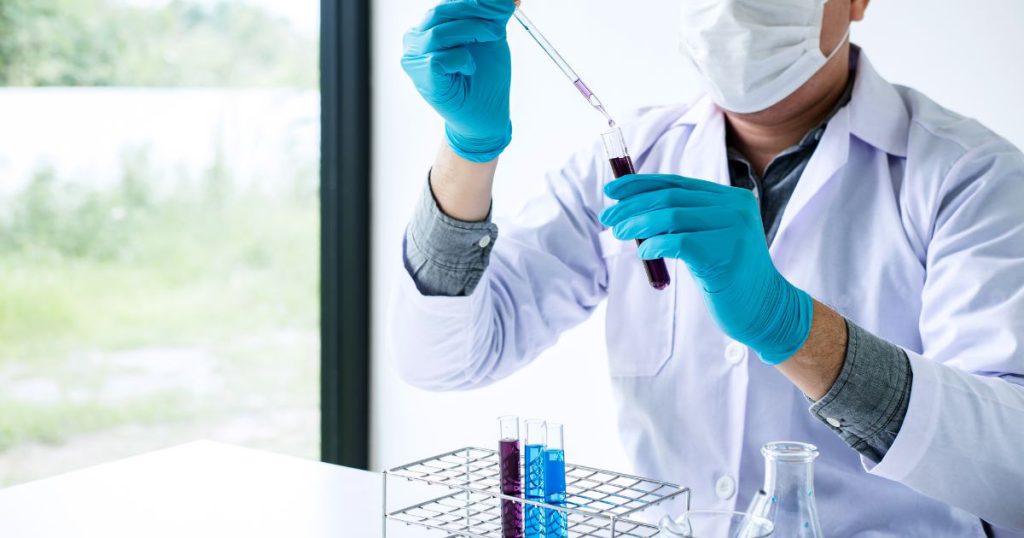
Diagnostic Indicators of Autoimmune Diseases
Diagnosing autoimmune diseases can be a complex process, but certain biochemical indicators can provide valuable clues. These indicators, which include various types of antibodies and inflammatory markers, can help doctors diagnose autoimmune diseases and monitor their progression.
For example, the presence of certain autoantibodies, which are antibodies that target the body’s own cells, can indicate an autoimmune response. These autoantibodies can be detected in the blood, providing a valuable diagnostic tool for autoimmune diseases. However, the presence of autoantibodies alone is not enough to diagnose an autoimmune disease, as they can also be found in healthy individuals.
In addition to autoantibodies, other biochemical indicators can provide clues about the presence of an autoimmune disease. For example, elevated levels of certain inflammatory markers, such as C-reactive protein, can indicate an ongoing immune response, suggesting the presence of an autoimmune disease.
But what triggers the production of these diagnostic indicators? The answer lies in a complex interplay of genetic and environmental factors. Certain genes have been associated with an increased risk of developing autoimmune diseases, but these diseases only develop in a fraction of individuals carrying these genes. This suggests that environmental factors, such as infections or exposure to certain chemicals, may trigger the onset of autoimmune diseases in genetically susceptible individuals.
Diagnostic Indicators of Autoimmune Diseases
| Autoimmune Disease | Diagnostic Indicator |
|---|---|
| Rheumatoid Arthritis | Rheumatoid factor |
| Type 1 Diabetes | Glucose tolerance test |
| Multiple Sclerosis | MRI, CSF analysis |
| Lupus | ANA test |
The Innate and Adaptive Immune Systems: A Delicate Balance
Our innate and adaptive immune systems work in harmony to protect us from disease, but when this balance is disrupted, it can lead to autoimmunity. The innate immune system, our body’s first line of defense, responds to pathogens in a generic way, without any memory of previous encounters. On the other hand, the adaptive immune system, our body’s second line of defense, responds to pathogens in a specific way, with memory of previous encounters.
Both the innate and adaptive immune systems play crucial roles in the development of autoimmune diseases. For example, alterations in the function of innate immune cells, such as macrophages and dendritic cells, can trigger an autoimmune response. Similarly, alterations in the function of adaptive immune cells, such as T cells and B cells, can contribute to the development of autoimmune diseases.
But what triggers these alterations in immune function? The answer lies in a complex interplay of genetic and environmental factors. Certain genes have been associated with an increased risk of developing autoimmune diseases, but these diseases only develop in a fraction of individuals carrying these genes. This suggests that environmental factors, such as infections or exposure to certain chemicals, may trigger the onset of autoimmune diseases in genetically susceptible individuals.
Factors Contributing to Autoimmunity
- Genetic predisposition
- Environmental triggers
- Breakdown of self-tolerance
- Dysregulation of immune response
Biochemistry is the key to understanding how diseases work. It’s like a roadmap to the intricate pathways of the human body.
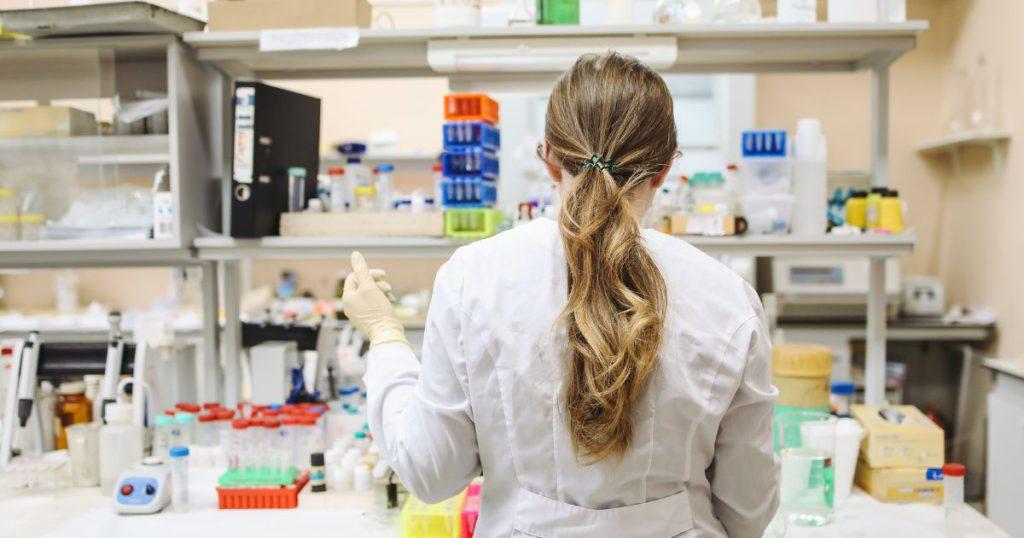
Conclusion
As we journey through the biochemical landscape of autoimmune diseases, it becomes clear that understanding these complex processes is key to unlocking new treatments and therapies. From the immune cells that mistakenly attack the body’s own cells to the antigens that trigger this misguided response, each component plays a crucial role in the development and progression of autoimmune diseases.
Future Directions in Autoimmune Research
- Understanding the genetic basis of autoimmunity
- Identifying environmental triggers
- Developing targeted therapies
- Improving diagnostic methods
In the end, our journey through the biochemical landscape of autoimmune diseases is not just about understanding these conditions. It’s about finding new ways to treat and prevent these diseases, improving the lives of millions of people worldwide. So, as we continue this journey, let’s keep our eyes on the prize – a world free of autoimmune diseases.
For more insights into the world of biochemistry, feel free to explore the Biochemistry category on my blog. Also see my index page on Biochemistry
Also check out my other posts: Biochemical aspects of aging and longevity and Cancer metabolism and metabolic reprogramming
Disclaimer: This article is intended for informational purposes only. The content is not intended to be a substitute for professional medical advice, diagnosis, or treatment. Always seek the advice of your physician or other qualified health provider with any questions you may have regarding a medical condition.
Frequently Asked Questions
What is the basis of autoimmune diseases?
The basis of autoimmune diseases lies in the immune system’s inability to distinguish between the body’s own cells and foreign cells. This results in the immune system attacking the body’s own tissues, leading to various autoimmune diseases. This process is influenced by a complex interplay of genetic and environmental factors.
What is the molecular basis of autoimmunity?
The molecular basis of autoimmunity involves a variety of cellular and biochemical processes. These include the recognition of self-antigens by immune cells, the breakdown of self-tolerance, and the production of autoantibodies. These processes are regulated by a complex network of signaling pathways, which can be disrupted in autoimmune diseases.
What is autoimmunity in biochemistry?
In biochemistry, autoimmunity refers to the immune system’s response against the body’s own cells. This involves a variety of biochemical processes, including antigen recognition, immune cell activation, and the production of inflammatory molecules. When these processes go awry, it can lead to the development of autoimmune diseases.
What mechanism is responsible for autoimmune disorders?
The mechanism responsible for autoimmune disorders involves the immune system mistakenly recognizing the body’s own cells as foreign and launching an immune response against them. This can be due to a breakdown in self-tolerance, a process that prevents the immune system from attacking the body’s own cells. This process is regulated by a complex network of biochemical signals, which can be disrupted in autoimmune diseases.
Is there a common genetic basis for autoimmune diseases?
Yes, certain genes have been associated with an increased risk of developing autoimmune diseases. However, these diseases only develop in a fraction of individuals carrying these genes, suggesting that environmental factors also play a crucial role. This highlights the complex interplay of genetic and environmental factors in the development of autoimmune diseases.
What are the three factors for autoimmune disease?
The three main factors for autoimmune disease are genetic predisposition, environmental triggers, and immune system regulation. Genetic predisposition refers to certain genes that increase the risk of developing autoimmune diseases. Environmental triggers can include infections or exposure to certain chemicals. Lastly, the regulation of the immune system, particularly the processes of self-tolerance and immune response, plays a crucial role in the development of autoimmune diseases.
How is biochemistry involved in the study of autoimmune diseases?
Biochemistry plays a crucial role in the study of autoimmune diseases. It helps us understand the complex cellular and molecular processes that underpin these diseases, including antigen recognition, immune cell activation, and the production of inflammatory molecules. By studying these biochemical processes, researchers can gain insights into the mechanisms of autoimmune diseases and develop new treatments.
Can autoimmune diseases be cured?
While there is currently no cure for autoimmune diseases, they can often be managed with treatment. The goal of treatment is to reduce symptoms, control the autoimmune process, and maintain the body’s ability to fight disease. Treatments can include medications to suppress the immune system, physical therapy, and lifestyle changes. The choice of treatment depends on the type of autoimmune disease and its severity.
Further reading
Biochemistry, Autoimmunity – StatPearls
Sean Schepers is a third-year Medical Technology student at Mahidol University with a passion for all things health and medicine. His journey into the world of medicine has led him to explore various fields. Sean's blog posts offer a unique perspective, combining his academic insights with personal experiences. When he's not studying or blogging, Sean enjoys keeping up with politics and planning his future career in medicine.
In addition to his studies, Sean serves as the chairman of the Rights, Liberties, and Welfare Committee, a role that reflects his commitment to advocacy and social justice. Beyond his academic pursuits, Sean offers tutoring services in English and Biology, further demonstrating his dedication to education and mentorship. His journey is one of continuous discovery, and he invites others to join him as he explores the dynamic and transformative world of medical technology.

